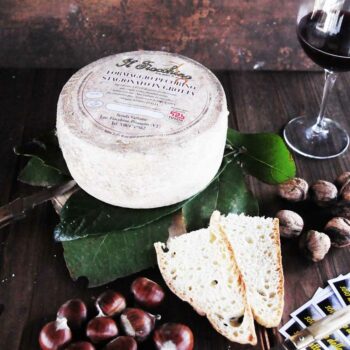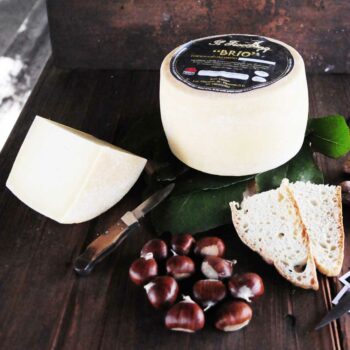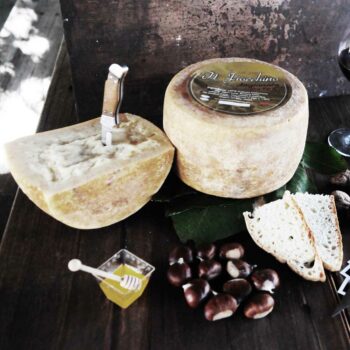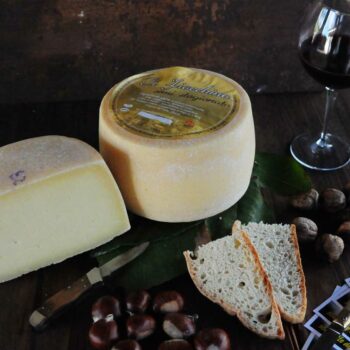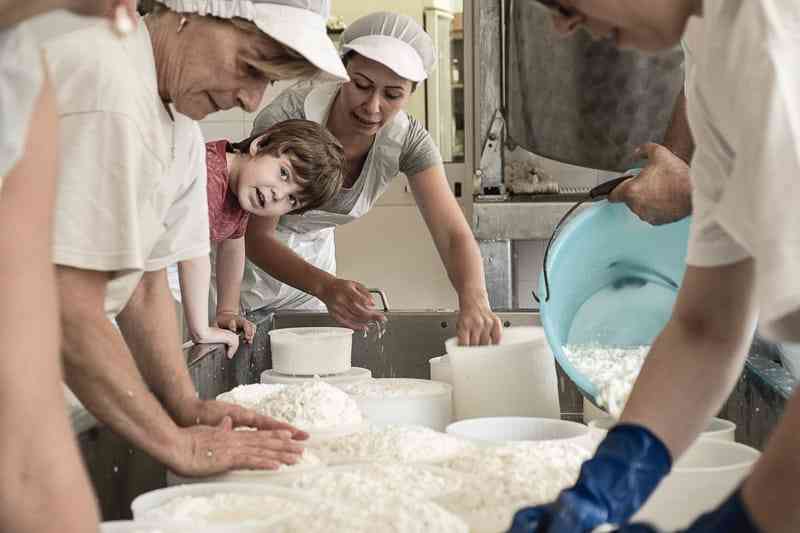
We simply take something out of the cheese shelf in the supermarket. Edamer, Leerdamer, Tilsiter, Gouda, an entire piece or slices. If we make more conscious choices, we probably choose an organic brand or the one from happy cows. Simple. Convenient. Predictable. Quality and taste are always the same.
But honestly: Do we think about how this cheese is produced and why it is possible to have it always available in large amounts?
The steps of industrial cheese production are not so different from the traditional one. The methods differ a lot, though.
First, the milk gets pastorized (heated) to clean it from bacteria.
Danach werden zur Gerinnung Lab oder auch synthetische Mittel zugefügt.
The curdled milk is crushed and heated. This way, the mass looses more and more fluid.
The pieces of cheese are then pressed into different shapes.
After that, the cheese is turned, stored and salted for a certain amount of time – depending on the desired end product.
In industrial production, the processes are automated, often computer-controlled.
In addition, ingredients are often standardized and treated to consistently generate the same flavor even in large quantities.
Packaging methods and materials, additives or salt content steer the shelf life.
So how different is a cheese from a tradtional cheese shop?
Last week I passed by “Il Fiocchino” at Piansano, Tuscia.
“We restart our operation next week. At the moment there is no milk. The summer was too dry. Not enough fresh grass. Then the sheep have less milk.” explains Antonio when I enter the shop. He shows me his storage. Almost empty.
He picks up the milk for his cheese always from the same shepherd. Personally. He would not even dream about making compromises in quality or respect for land and animals.
So he waits until Francesco’s sheep have milk again. “You could deep freeze the milk, and then use it, when the supply is low. But it destroys structure and taste. I prefer to have less production, but respect for nature and quality.”
Another world.
Antonio’s father, and also he himself have been shepherds. Making cheese by hand “on the side” is not possible. That is why he decided together with his wife and daughter to focus on the hand crafted cheese production. Using traditional methods. All hand made.
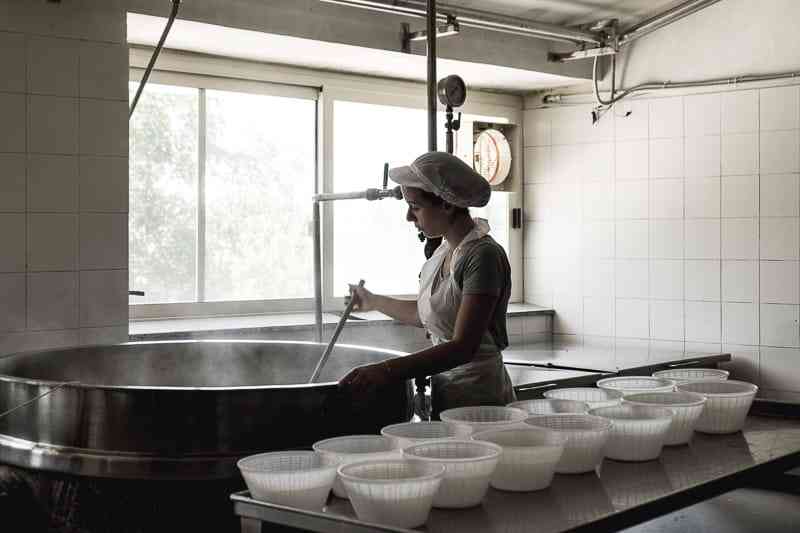
After adding natural rennet, the more and more thickening milk is being stirred in large vats.
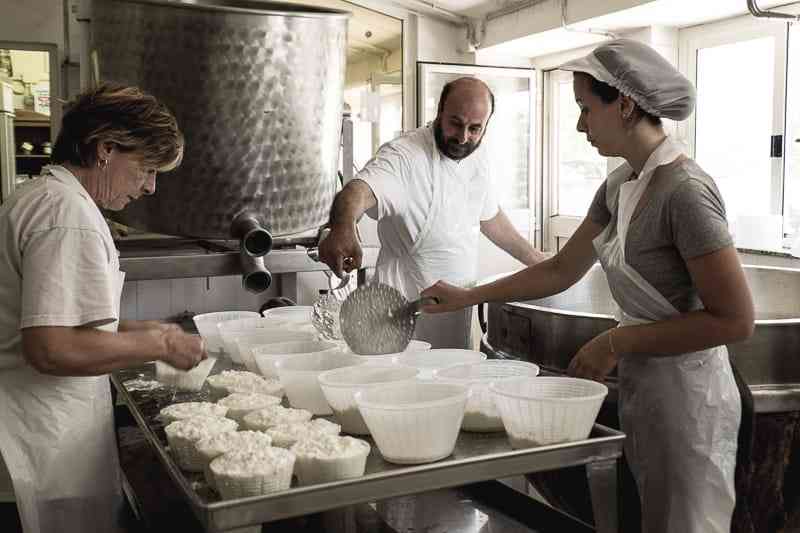
The cheese lumbs are filled into small forms, in which there are formed and pressed by hand. They loose more and more liquid. After that, the cheese is repetitively turned and salted.
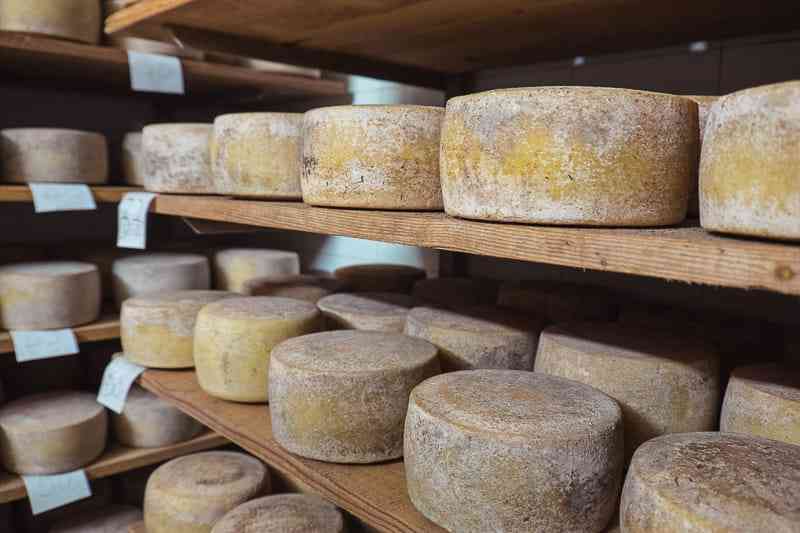
Finally it will be put onto wooden shelfs to ripen.
Of course one does not always have a traditional cheese shop in the neighbourhood. However one might have the choice while buying. After the visit there, I am more conscious about how much time and love is put into the creation of high quality, natural cheese. Which, I am convinced, is a much healthier way of enjoying this wonderful product of nature.
